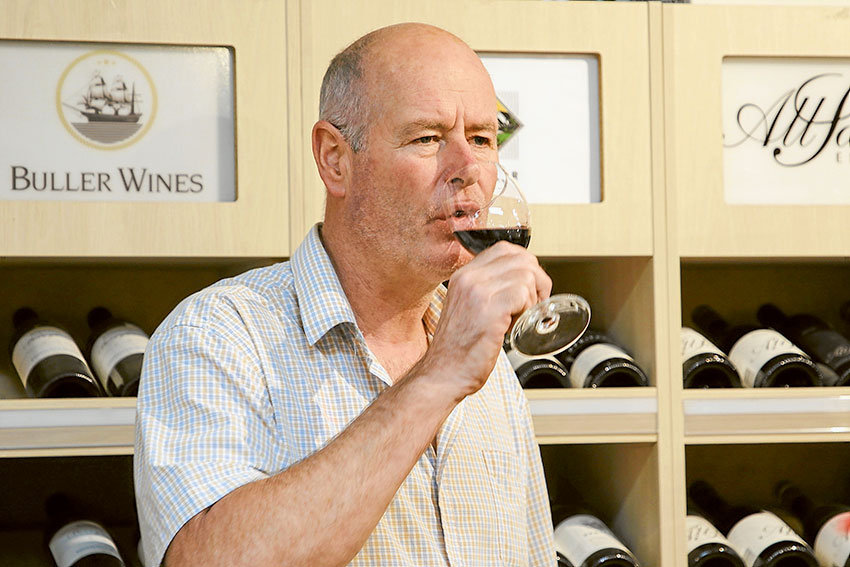

As we move into summer and harvest season for many seasonal fruits approaches, some concern for local horticultural growers may be the impact the pervading smoke haze from the fires now burning in the King Valley and Corryong that extends well beyond the fire zone has on the growing fruit and particularly so for those growing wine grapes. The haze we see in Shepparton is smoke from these fires.
When vineyards and grapes are exposed to smoke this can result in wines with an undesirable number of sensory characters, such as smoky, burnt, ashy or medicinal, usually described as smoke tainted. Studies have shown that grapes only need to be exposed to a single smoke event, irrespective of the source, to become tainted.
Consumers have been shown to respond negatively to smoke tainted wines. The compounds in smoke primarily responsible for the taint are the free volatile phenols that are produced when wood is burnt. These can be absorbed directly by grapes and can bind to grape sugars to give glycosides that have no smoky aroma. Often these glycosides are described as smoke taint precursors.
During fermentation (and also over time in a barrel or bottle) these glycosides can break apart, releasing the volatile phenols into the must or wine, and allowing the smoky flavour to be perceived. These glycosides can also release the volatile phenols in the mouth during the drinking of wine, which may contribute to the perception of smoke taint.
According to local vintner, Paul Phillips from Phillips Cellars, “The smoke is probably not enough to have any effect on vineyards around Shepparton as yet but there may well be some impact on those closer to the fire regions.”
The options for vineyards affected by smoke can vary. Some vineyards might decide to abandon the harvesting of this seasons crop, opting to save money on spraying and canopy maintenance and simply cutting grapes from vines during pruning or, continuing with the production and downselling the affected wines depending on the effect smoke has.
The drought, the high cost of irrigation water and now the possibility of smoke taint in wine, the best hope we can have is things will eventually get better.





